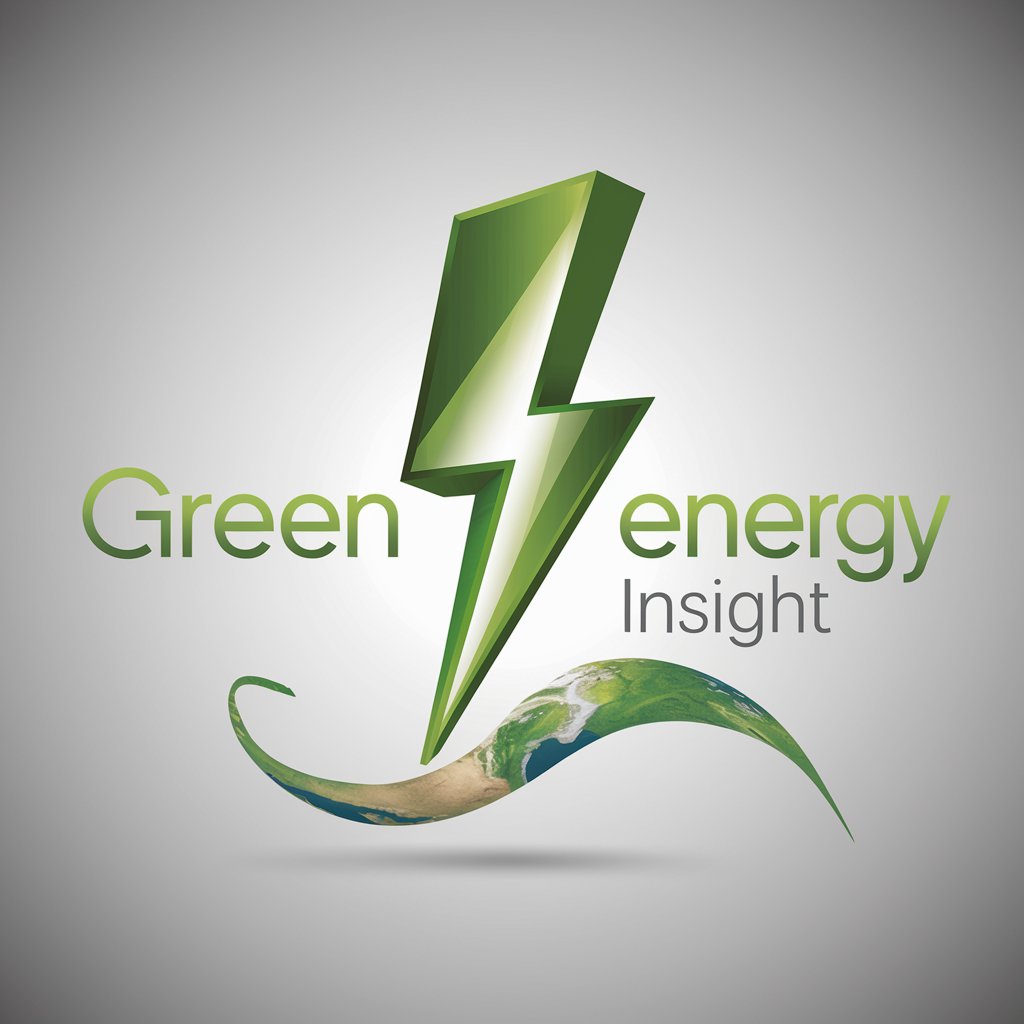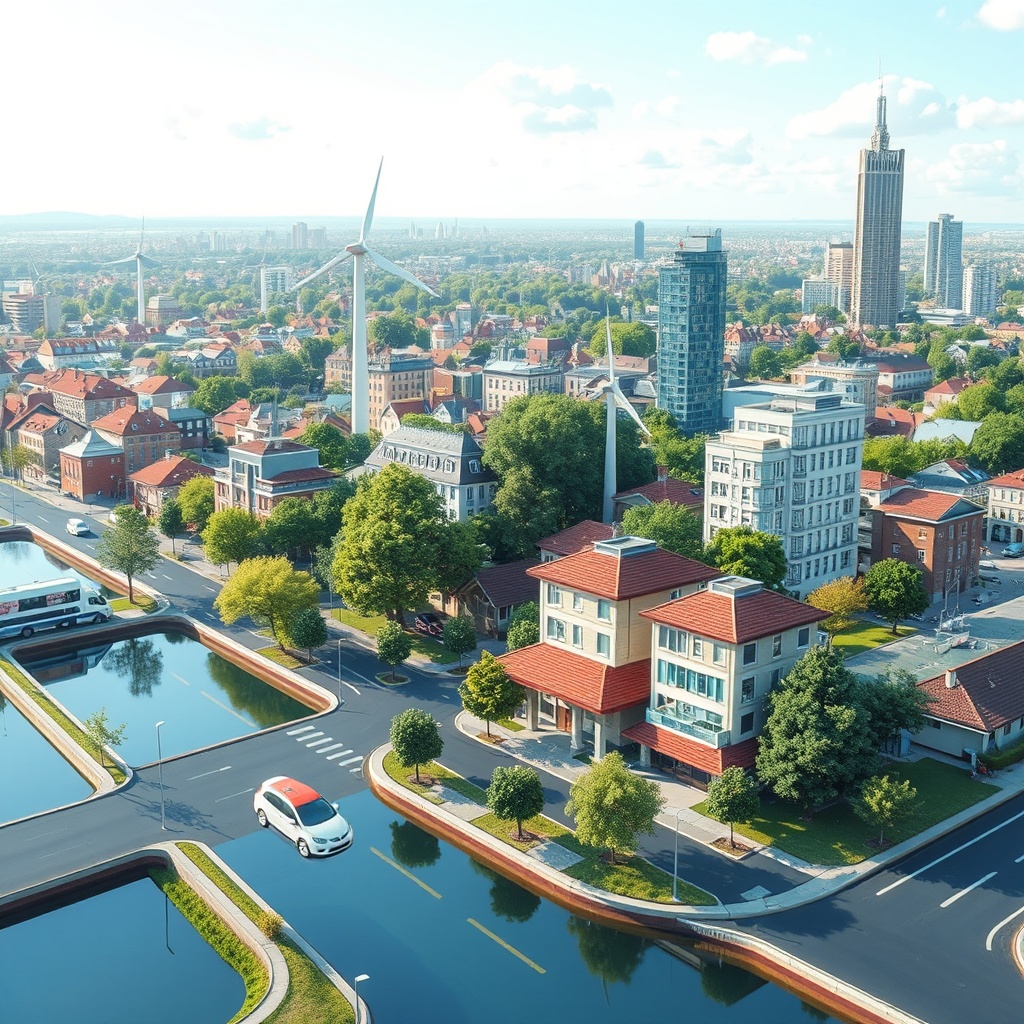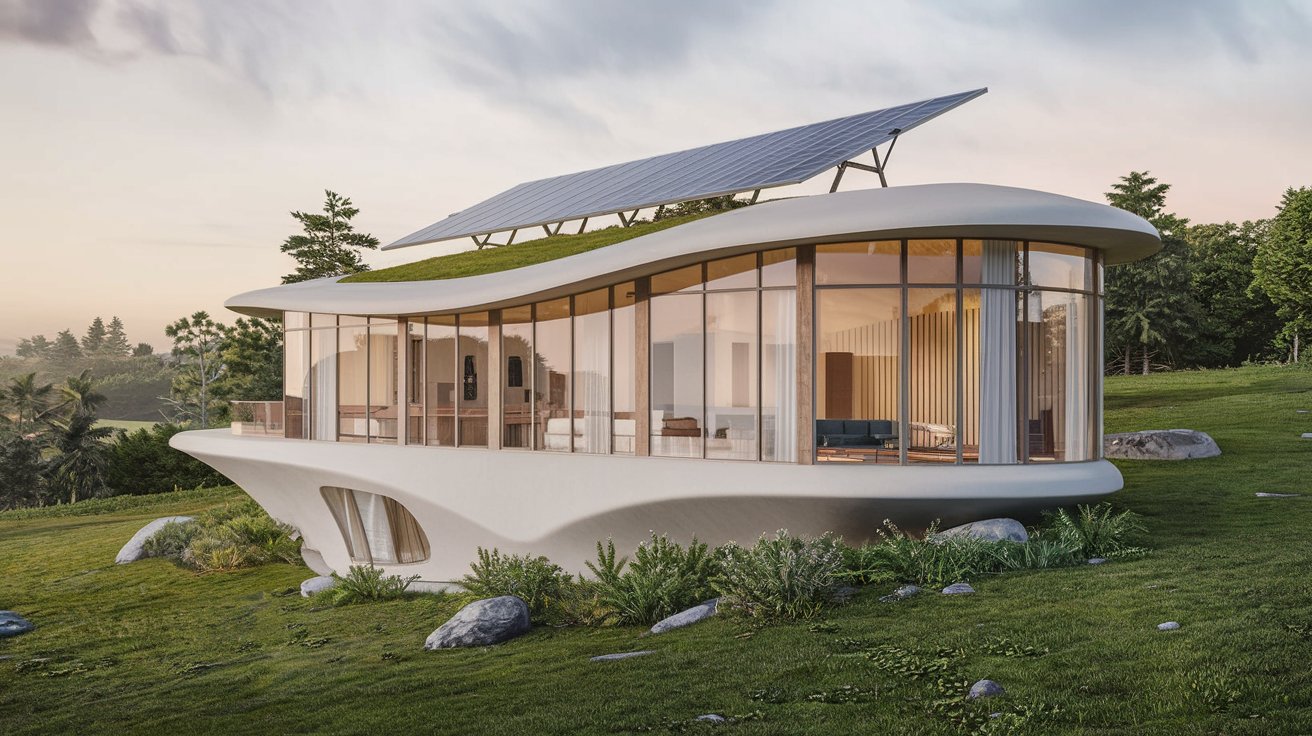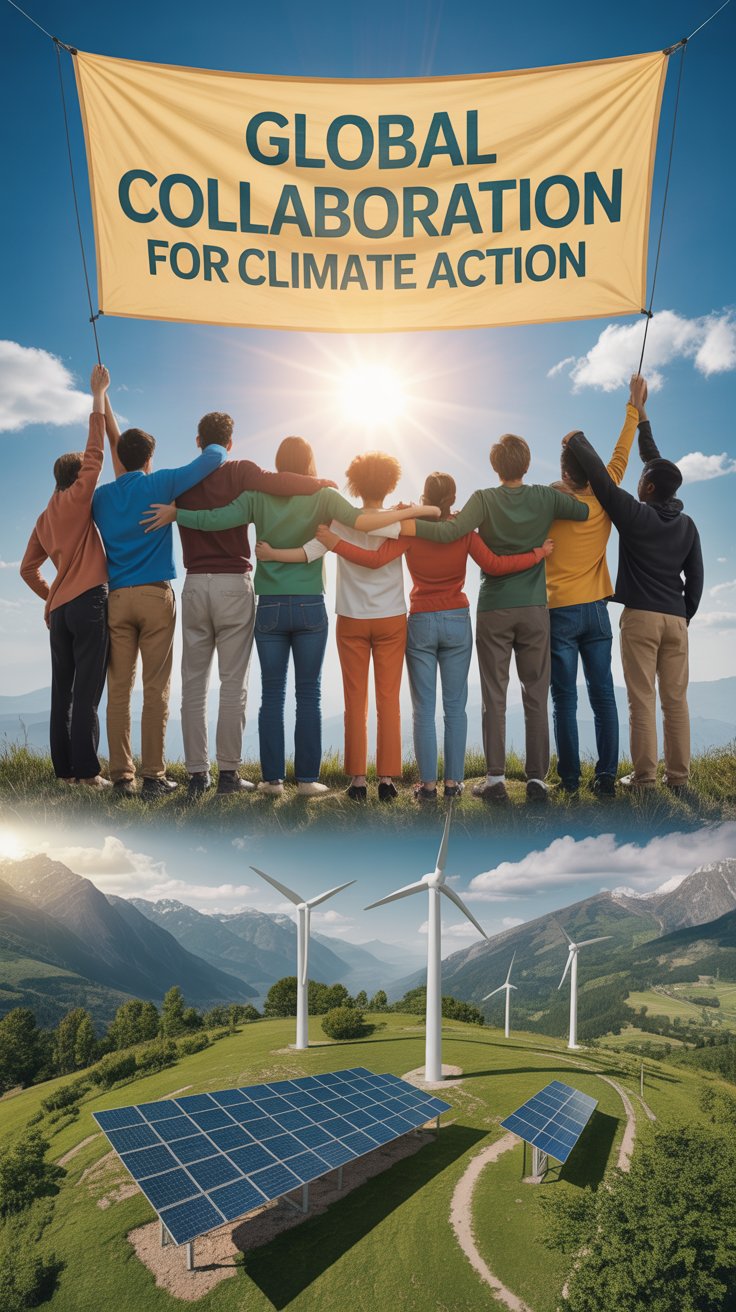Introduction
As the global demand for renewable energy grows, the wind energy sector is experiencing rapid innovation. Advancements in Wind Turbine Design have significantly increased the efficiency, reliability, and output of wind energy systems.
These innovations are reshaping how wind energy is harnessed and utilized, enabling the transition to a greener and more sustainable energy future.
In this article, we explore the latest breakthroughs in wind turbine technology, their impact on energy production, and the challenges faced by the industry.
Advancements in Wind Turbine Design are revolutionizing the renewable energy landscape, making wind energy more efficient, reliable, and accessible.
As innovation continues to push boundaries, wind energy will play an even more significant role in meeting global energy demands sustainably.
contents
The Importance of Wind Energy in the Renewable Sector
Wind energy is one of the fastest-growing renewable energy sources globally. It is clean, abundant, and increasingly cost-effective, making it a cornerstone of the global shift toward sustainable energy systems.
Why Advancements in Wind Turbine Design Matter
Improving Efficiency
Modern wind turbines are designed to extract more energy from the wind, even in low-speed conditions. This ensures consistent energy production and maximized output.
Reducing Costs
Innovations in design and materials lower manufacturing and maintenance costs, making wind energy more accessible and competitive with fossil fuels.
Key Innovations in Wind Turbine Design
Larger Rotor Blades
Larger blades capture more wind energy, increasing overall turbine efficiency:
- Maximizing Energy Capture: Advances in aerodynamics and lightweight materials enable the construction of longer and more effective blades.
Vertical Axis Wind Turbines (VAWTs)
Unlike traditional horizontal designs, VAWTs operate efficiently in turbulent wind conditions:
- Benefits Over Traditional Designs: They are more compact, quieter, and suitable for urban environments.
Floating Offshore Wind Turbines
These turbines are anchored to the seabed and can operate in deeper waters:
- Expanding Energy Harvesting Potential: They allow access to high-wind areas far from shore, increasing the availability of wind energy resources.
Smart Wind Turbines
The integration of IoT and AI in turbine systems enhances performance:
- Integration of IoT and AI: Real-time monitoring and predictive maintenance minimize downtime and optimize energy output.
Materials and Manufacturing Improvements
Lightweight Composite Materials
Modern turbines use advanced composite materials to reduce weight without compromising durability, enabling larger and more efficient designs.
Advanced 3D Printing Techniques
3D printing allows for precise and cost-effective manufacturing of turbine components, accelerating innovation and reducing waste.
Economic and Environmental Benefits
- Economic Benefits: Lower energy production costs and increased reliability attract investments and create jobs in the renewable sector.
- Environmental Benefits: Enhanced designs reduce carbon emissions and minimize the ecological footprint of wind energy projects.
Challenges in Implementing New Designs
High Initial Costs
The development and deployment of advanced turbines require substantial investments in research, manufacturing, and infrastructure.
Regulatory Hurdles
Inconsistent regulations across regions can delay the adoption of innovative designs, especially in offshore projects.
Global Trends in Wind Turbine Innovation
Countries like Denmark, Germany, and China are leading the way in wind turbine research and development. Global collaboration and policy support are driving the adoption of next-generation designs.
The Future of Wind Turbine Design
The future of Advancements in Wind Turbine Design looks promising, with trends like modular designs, hybrid systems combining solar and wind, and the development of airborne wind turbines. These technologies will further enhance the scalability and efficiency of wind energy.
FAQ
What are Advancements in Wind Turbine Design?
These refer to technological innovations that improve the efficiency, reliability, and cost-effectiveness of wind turbines.
Why are larger rotor blades important?
Larger blades capture more wind energy, significantly increasing the turbine’s energy output.
What is the benefit of floating offshore wind turbines?
They expand wind energy potential by enabling turbines to operate in deeper waters with stronger winds.
How do smart wind turbines enhance performance?
By integrating IoT and AI, smart turbines optimize energy output and reduce maintenance needs through real-time monitoring.
What challenges do new wind turbine designs face?
Key challenges include high initial costs, regulatory barriers, and the need for advanced infrastructure.





Leave a Reply